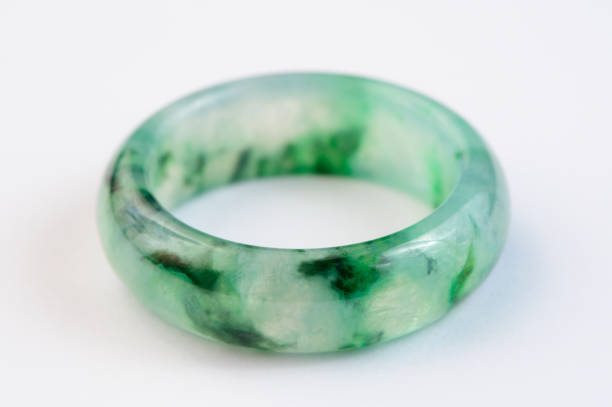Rubies have long been revered as one of the most precious and sought-after gemstones. Among these, natural Burmese rubies hold a special place due to their unparalleled beauty, rich history, and unique properties. Originating from the legendary mines of Myanmar (formerly Burma), these gemstones are renowned for their vivid color, exceptional clarity, and high value. This article delves into the allure of Natural Burmese Ruby, exploring their characteristics, history, and significance in the world of gemstones.
The Unique Characteristics of Burmese Rubies
Burmese rubies are famed for their intense red color, often described as “pigeon’s blood red.” This distinctive hue is attributed to the presence of chromium, a trace element that imparts the deep red coloration. Unlike rubies from other sources, Burmese rubies often exhibit a unique fluorescence under ultraviolet light, which enhances their color and gives them a mesmerizing glow.
In addition to their striking color, Burmese rubies are known for their exceptional clarity. While inclusions are common in most rubies, those from Myanmar tend to have fewer and less noticeable inclusions, making them more transparent and desirable. The finest Burmese rubies are often “eye-clean,” meaning they have no visible inclusions to the naked eye, which significantly enhances their value.
Historical Significance and Mystique
The history of Burmese rubies dates back over a thousand years, with the Mogok Valley in Myanmar being the most famous source. This region, often referred to as the “Valley of Rubies,” has produced some of the world’s finest rubies since at least the 6th century. Ancient Burmese texts and legends speak of these rubies being treasured by royalty and warriors, believed to bring protection and power.
One notable historical anecdote is the belief that Burmese warriors would insert rubies under their skin before going into battle, believing the stones would make them invincible. These cultural and historical connections add an element of mystique and allure to Burmese rubies, making them more than just beautiful stones but also symbols of ancient traditions and beliefs.
The Process of Mining and Cutting
Mining rubies in Myanmar is a labor-intensive process, often carried out by traditional methods. Miners use hand tools to excavate ruby-bearing soil and rock, a practice that has remained largely unchanged for centuries. The rough rubies are then carefully sorted and graded based on their quality.
Cutting a Burmese ruby requires great skill and precision. The goal is to maximize the stone’s color and brilliance while minimizing inclusions. Expert gem cutters, often with years of experience, carefully study each rough stone to determine the best way to cut it. The result is a gemstone that not only showcases the ruby’s natural beauty but also enhances its inherent properties.
The Value of Burmese Rubies
The value of a Burmese ruby is determined by several factors, including color, clarity, carat weight, and cut. Among these, color is the most critical factor, with the coveted “pigeon’s blood red” commanding the highest prices. Clarity also plays a significant role, with eye-clean stones being more valuable.
Burmese rubies are among the rarest gemstones, and their scarcity further drives their value. High-quality rubies from Myanmar can fetch prices comparable to, or even exceeding, those of diamonds. In recent years, the demand for Burmese rubies has surged, driven by collectors and investors who recognize their worth as both beautiful jewels and valuable assets.
Ethical Considerations and the Future of Burmese Rubies
In recent years, there has been growing awareness and concern regarding the ethical implications of gemstone mining, including rubies. Issues such as environmental degradation, labor conditions, and political factors in Myanmar have prompted calls for more responsible and sustainable practices in the Genuine Ruby Gemstone.
Efforts are being made to improve transparency and traceability in the supply chain of Burmese rubies. Organizations and certification bodies are working to ensure that rubies are sourced ethically, with respect for both human rights and the environment. These initiatives are essential for maintaining the integrity and appeal of Burmese rubies in the global market.
Conclusion
Natural Burmese rubies remain one of the most coveted gemstones in the world, celebrated for their stunning beauty, historical significance, and rarity. Their intense color, exceptional clarity, and the skilled craftsmanship involved in their mining and cutting contribute to their high value and enduring allure.
As the gemstone industry evolves, it is crucial to balance the demand for these precious stones with ethical and sustainable practices. By doing so, we can ensure that the legacy of Burmese rubies continues, allowing future generations to appreciate their beauty and significance.
In essence, a natural Burmese ruby is more than just a gemstone; it is a symbol of the rich cultural heritage and timeless elegance that transcends time and borders. Whether set in a piece of fine jewelry or kept as a collector’s item, a genuine Burmese ruby is a treasure that captures the imagination and hearts of those who behold it.



Recent Comments